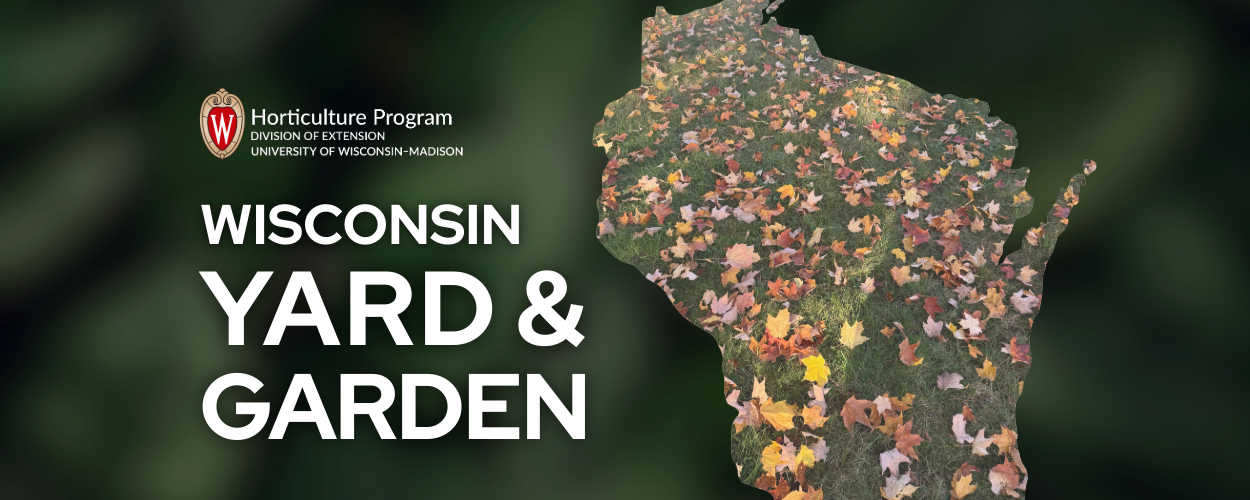
Fall is an optimum time for many lawn care practices. Seeding, thatch and weed management, along with fertilizing are all ideally done in fall. We have seen an unusually warm fall so far across Wisconsin, but when considering fall lawn maintenance practices, the question often becomes “Is It Too Late?”
Early fall is considered ideal timing for both seeding new lawns or overseeding existing thin lawns. Recommendations usually say to seed from late August to early September, extending to about September 10 to 15 for most of Wisconsin. Keep in mind this is a suggested cutoff to allow enough time for seeds to germinate and seedlings to develop and harden off before winter. What temperatures do over the next four to six weeks is anyone’s guess, but seeding now is risky to say the least.
Early fall fertilization is the other window closing rapidly for 2025. Fertilizing lawns in early to mid-October runs the risk of creating a flush of growth, resulting in lawns going into winter too succulent. This creates favorable conditions for winter damage, most notably snow mold diseases. Again, we do not know what the rest of fall brings weather-wise, but if in doubt, wait until spring.
However, there are lawn care practices to consider this October. With the extended warm weather, we still have time for managing weeds. Crabgrass, which flourished in lawns across Wisconsin in 2025, is dying off on its own now, so no need to address it this fall. Instead, focus on any existing perennial broadleaf weeds such as dandelions, clover, plantain, and ground ivy. If these weeds are actively growing, broadleaf herbicides should be effective, and fall is optimum timing. Always read and follow all herbicide label directions. Finally, take steps to avoid weeds from returning in 2026, as the best defense against weeds is a thick stand of lawn grasses.
October is also a suitable time for core aerating lawns. Core aerating is an effective thatch management practice, as it helps decompose existing accumulated thatch and addresses soil issues creating thatch problems. These issues include heavy clay, poor drainage, and compaction. Dethatching can tear out thatch, but is destructive, requiring reseeding afterwards. In addition, it does not address these typical causes of thatch. The main requirement to get satisfactory results is adequate soil moisture, so aerating after rain is suggested. Core aerators that pull up cores are best; allow cores to remain on the lawn. Core aerating helps improve soil conditions for lawn root systems, with or without thatch issues, in particular sodded lawns. Consider the entire month of October as suitable for core aerating.

About the Author
Bruce Spangenberg is a Horticulture Outreach Specialist with UW-Madison Division of Extension. Get answers to your lawn, landscape and garden questions anytime at “Ask Your Gardening Question.”




